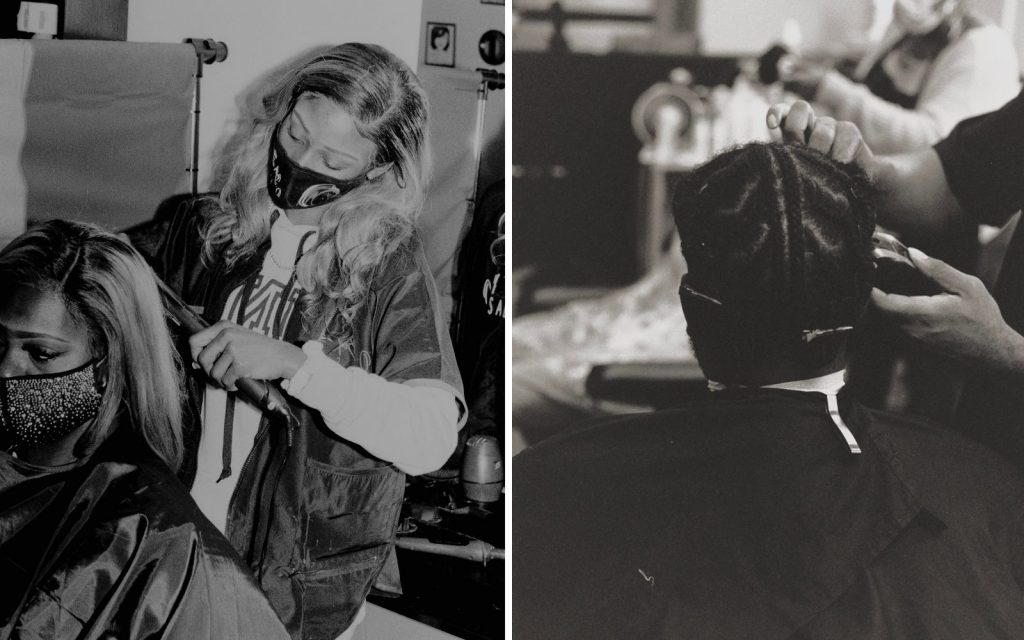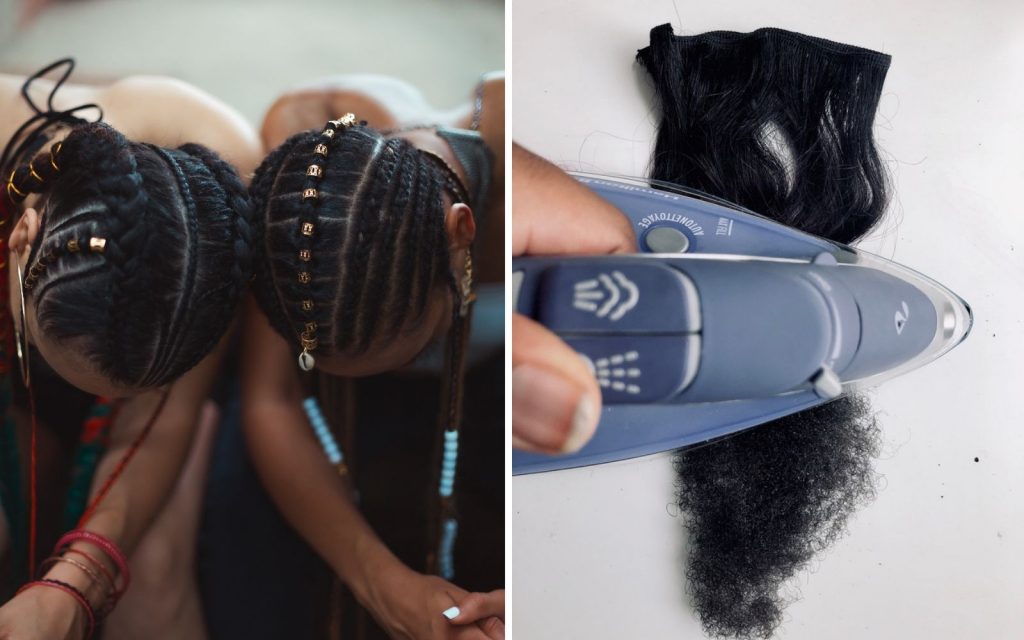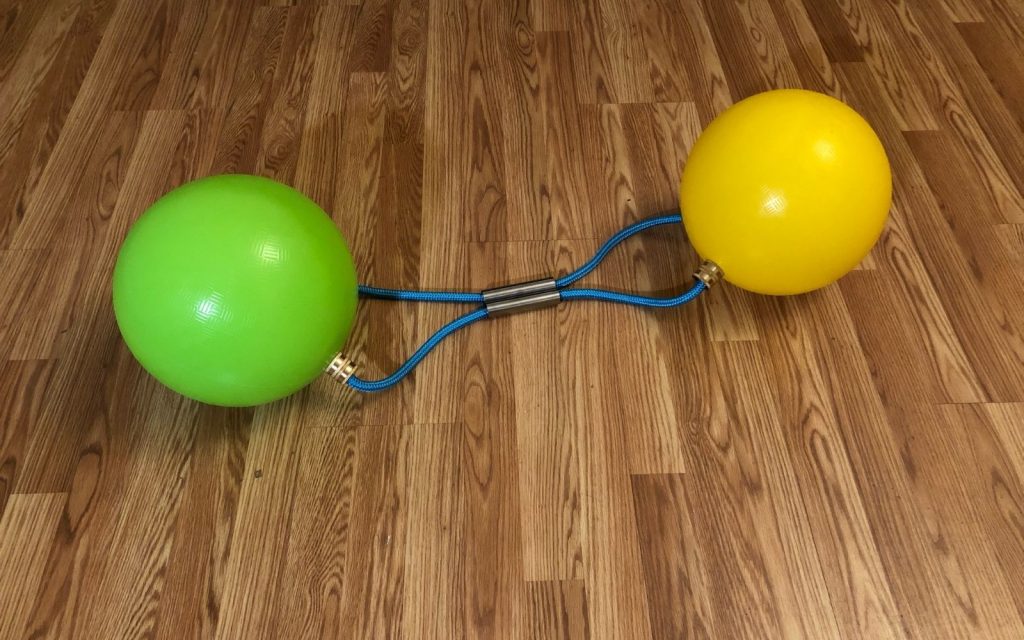“Roots Run Deep: A Survey of Contemporary Black Hair Culture” at Pittsburgh’s Brew House Association Gallery
Curator Tara Fay Coleman taps 16 artists for a comprehensive exhibition on tradition, celebration, style and identity

Independent curator Tara Fay Coleman’s new exhibition, Roots Run Deep: A Survey of Contemporary Black Hair Culture, strives to spotlight “how hair is used as a medium to articulate creativity across the diaspora by highlighting the natural hair movement, ritual and intimacy, sacred spaces, intergenerational connectedness, Afrofuturism, and history.” This exhibition, on now at the Gallery of the Brew House Association through 6 March, responds to countless cases of discrimination across the US and abroad that have explicitly focused on traditionally Black hairstyles: high-school students have been asked to shave their heads if seen wearing dreadlocks; several states are still undecided on whether to make discrimination based on hairstyle illegal; Pittsburgh, touted as a rust-belt-town-turned-progressive-upstart, only recently enacted its own anti-discrimination statute (in October 2020). All of this goes on without regard for body autonomy, the statements one conveys, and the traditions they uphold, with their hairstyling choices.

“Black hairstyling is a practice rooted in heritage, tradition and community,” Fay Coleman (herself also an artist) explains. “Although there have been shifts in the ways we care for hair, styling remains an assertion of Black identity and its freedom and values. As a result of social oppression, discrimination and anti-Black hair sentiment, styling has also become a civil rights issue. American culture continues to uphold Eurocentric norms as the standard of both beauty and professionalism, resulting in unequal treatment toward Black people. In contrast, the trend of culturally appropriating Black hairstyles serves as a reminder of the inequities that exist in society.”

In an essay of the same name—which appears in the show’s Point Line Projects-designed program—Fay Coleman expresses concerns over how outsiders opine misjudgments about Black hair or how they attempt to govern how it’s worn. These sentiments are mirrored in the works she’s selected, which tell first-hand experiences through photography, sculpture and mixed media pieces. It’s an intentional effort to feature 16 unique artists with shared experiences (good and bad) and “frame Black artists as their own storytellers,” she says. All of them embrace their own identities and survey others for the sake of celebration, preservation and reclamation.

Fay Coleman uses historical references as starting points. She points out the efforts of Black Nationalist leader Marcus Garvey, who “influenced countless Black Americans to embrace their natural features and reclaim African aesthetics,” she explains. From there, she leverages the featured artists—Nakeya Brown, Jordan Coyne, Kenyatta Crisp, Nick Drain, Quinn Hunter, Mia Marshall, Dom McDuffie, Evangeline Mensah-Agyekum, Brianna Mims, Steven Montinar, Ayanna Nayo, Sharon Norwood, Mathias Rushin, Sharrell Rushin, Dominique Scaife and Shori Sims—for snapshots of the present. Photographer Jordan Coyne’s portrait “Untitled (Javier in profile)” stands out for its tender simplicity, focusing on the subject’s stylistic choices. “Images like this are important because they highlight Black subjects as autonomous figures who do not exist as a monolith,” Fay Coleman says.

Through this exhibition, she explains, the artists “demonstrate the timeliness and urgency of these beautiful traditions of past and present.” Their works represent intimacy and resilience, preservation and peering into the future, growth and tradition, individuality and togetherness.

Moments throughout the show also touch upon unspoken bonds forged from shared experiences. Brianna Mims’ “Pressure” addresses how “from a young age, Black children are socialized into the idea that their features are not attractive. Both “Consum(h)er Culture” and “Pressure” reference her own lived experiences and the pervasiveness of the idea that straight hair is closer to whiteness, and therefore more acceptable,” Fay Coleman says. Steven Montinar’s “Hopscotch, Kriss Kross, Double Dutch the Gunshots” taps into collective nostalgia for products bygone. “His ball hair-ties, often referred to by the colloquialism ‘ballies,’ serve as a symbolic parallel of Black youth and a shared memory of Black childhood,” Fay Coleman says.

“Ball hair-ties are a shared memory of black childhood,” Montinar recounts to Fay Coleman. “Whether or not you wore them, you knew of someone who did. The bright-colored plastic clacked together while the band was swallowed by a bush of black hair. The hair-ties have become a symbolic parallel of black youth, often swapped for more formal accessories when reaching adulthood. A forgotten monument of a remembered time.”
Timed tickets for Roots Run Deep: A Survey of Contemporary Black Hair Culture are available now for dates through 6 March. The exhibition was made possible by the Brew House Gallery’s Prospectus program for emerging curators.
Images courtesy of respective artists, Tara Fay Coleman + Brew House Association; hero image “Synergy” (2019) courtesy of Mia Marshall












